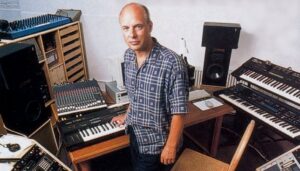
Ambient electronic music is a much misunderstood genre.
One is not talking about Jean-Michel Jarre or Vangelis who are far too comparatively lively to be truly considered ambient. And it is not ‘chill out’ that’s being talked about either, which seems to lump in any form of dance music that is under 112 beats per minute.
Modern ambient probably came to prominence with Brian Eno. While lying in a hospital room after a car accident in 1975, a friend visited him and put on a LP of harp music. However the volume had been set at an extremely low level and one of the stereo channels had failed. Unable to move to adjust this, Eno had a new way of listening to music forced onto him.
In recalling this story for the sleeve notes of his ‘Discreet Music’ album, Eno said the music now became “part of the ambience of the environment just as the colour of the light and the sound of rain were parts of the ambience.”
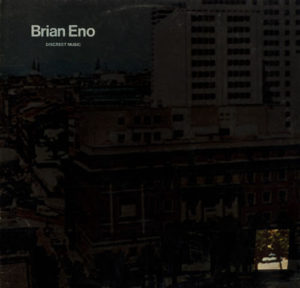 Eno may not have been the inventor of ambient, but he was almost certainly was its midwife. With its lengthy gradual processes and unpredictable changes, ambient can be listened to and yet ignored. Going against the Western tradition of music where vocals, melody and rhythm are essential components, ambient music is designed to accommodate many levels of listening without enforcing one in particular.
Eno may not have been the inventor of ambient, but he was almost certainly was its midwife. With its lengthy gradual processes and unpredictable changes, ambient can be listened to and yet ignored. Going against the Western tradition of music where vocals, melody and rhythm are essential components, ambient music is designed to accommodate many levels of listening without enforcing one in particular.
One of the other beauties of ambient music is that the pieces are often so progressive that it becomes quite difficult to remember individual sections. Therefore on repeated plays, the music can still sound fresh and rewarding. It was an approach that fascinated many and while they may not have released whole works, artists such as THE HUMAN LEAGUE, OMD, BLANCMANGE and RADIOHEAD recorded ambient pieces for album tracks or B-sides.
Comments about ambient music being “boring” are missing the point, because at points of the day where the state of near sleep looms, music with no vocals, no rhythms and not too much energetic melody is perfect.
Restricted to one album per moniker or collaborative partnership, here are the twenty long players presented in chronological and then alphabetical order which form The Electronic Legacy of Ambient. Acting as a straightforward introduction to the genre, it refers to many artists whose comparatively mainstream works may already be familiar.
KLAUS SCHULZE Timewind (1974)
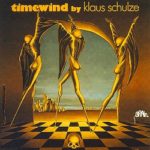 ‘Timewind’ was Klaus Schulze’s first solo album to use a sequencer, evolving as a longer variation on his former band’s ‘Phaedra’. Referencing 19th century composer Richard Wagner, Schulze transposed and manipulated the sequences in real time, providing shimmering and kaleidoscopic washes of electronic sound using the EMS Synthi A, ARP 2600, ARP Odyssey, Elka string machine and Farfisa organ.
‘Timewind’ was Klaus Schulze’s first solo album to use a sequencer, evolving as a longer variation on his former band’s ‘Phaedra’. Referencing 19th century composer Richard Wagner, Schulze transposed and manipulated the sequences in real time, providing shimmering and kaleidoscopic washes of electronic sound using the EMS Synthi A, ARP 2600, ARP Odyssey, Elka string machine and Farfisa organ.
‘Timewind’ is available via Mig Music
is available via Mig Music
https://www.klaus-schulze.com
TANGERINE DREAM Phaedra (1974)
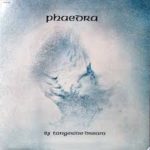 ‘Phaedra’ saw TANGERINE DREAM using sequencers for the first time. Featuring the classic line-up of Edgar Froese, Peter Baumann and Chris Franke, the hypnotic noodles of EMS VCS3s and Moogs dominated while Mellotrons sounding like orchestras trapped inside a transistor radio. Organic lines and flute added to trancey impressionism.
‘Phaedra’ saw TANGERINE DREAM using sequencers for the first time. Featuring the classic line-up of Edgar Froese, Peter Baumann and Chris Franke, the hypnotic noodles of EMS VCS3s and Moogs dominated while Mellotrons sounding like orchestras trapped inside a transistor radio. Organic lines and flute added to trancey impressionism.
‘Phaedra’ is available via Virgin Records
is available via Virgin Records
http://www.tangerinedream.org/
CLUSTER Sowiesoso (1976)
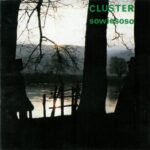 The late Dieter Moebius and Hans-Joachim Roedelius were CLUSTER. Their fourth album ‘Sowiesoso’ was CLUSTER’s first fully realised exploration into ambient electronics. With gentle melodic phrasing and unimposing rhythmical patterns, the title track was a wonderfully hypnotic adventure that welcomed the listener into the soothing world of the longer player’s remaining aural delights.
The late Dieter Moebius and Hans-Joachim Roedelius were CLUSTER. Their fourth album ‘Sowiesoso’ was CLUSTER’s first fully realised exploration into ambient electronics. With gentle melodic phrasing and unimposing rhythmical patterns, the title track was a wonderfully hypnotic adventure that welcomed the listener into the soothing world of the longer player’s remaining aural delights.
‘Sowiesoso’ is available via Bureau B
is available via Bureau B
http://www.roedelius.com/
ASHRA New Age Of Earth (1977)
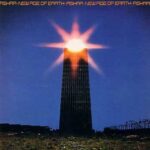 As ASHRA, Manuel Göttsching was looking to visit synthesized climes and explored more progressive voxless territory armed with an Eko Rhythm Computer, ARP Odyssey and his signature keyboard sound, a Farfisa Synthorchestra. An exponent of the more transient solo guitar style, this template was particularly evident on ‘New Age Of Earth’, a beautiful treasure trove of an album.
As ASHRA, Manuel Göttsching was looking to visit synthesized climes and explored more progressive voxless territory armed with an Eko Rhythm Computer, ARP Odyssey and his signature keyboard sound, a Farfisa Synthorchestra. An exponent of the more transient solo guitar style, this template was particularly evident on ‘New Age Of Earth’, a beautiful treasure trove of an album.
‘New Age Of Earth’ is available via Virgin Records
is available via Virgin Records
http://www.ashra.com/
STEVE HILLAGE Rainbow Dome Musick (1979)
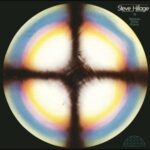 Steve Hillage had a love of German experimental music and ventured into ambient with long standing partner Miquette Giraudy. Recorded for the Rainbow Dome at the Festival for Mind-Body-Spirit at Olympia, these two lengthy Moog and ARP assisted tracks each had a beautifully spacey quality to induce total relaxation with a colourful sound spectrum.
Steve Hillage had a love of German experimental music and ventured into ambient with long standing partner Miquette Giraudy. Recorded for the Rainbow Dome at the Festival for Mind-Body-Spirit at Olympia, these two lengthy Moog and ARP assisted tracks each had a beautifully spacey quality to induce total relaxation with a colourful sound spectrum.
‘Rainbow Dome Musick’ is available via Virgin Records
is available via Virgin Records
https://twitter.com/stevehillage
HAROLD BUDD & BRIAN ENO The Plateaux Of Mirror (1980)
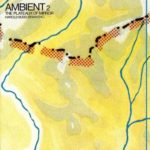 Mostly piano-oriented, its backdrop of shimmering synthesizer and tape loops of voices was conceived wth Harold Budd improvising while Eno would occasionally add something. But his producer tact was to step back if nothing extra was needed. ‘The Plateaux Of Mirror’ was a lovely work with resonating ivories of the acoustic and electric variety. A second collaboration came with ‘The Pearl’ in 1984.
Mostly piano-oriented, its backdrop of shimmering synthesizer and tape loops of voices was conceived wth Harold Budd improvising while Eno would occasionally add something. But his producer tact was to step back if nothing extra was needed. ‘The Plateaux Of Mirror’ was a lovely work with resonating ivories of the acoustic and electric variety. A second collaboration came with ‘The Pearl’ in 1984.
‘The Plateaux Of Mirror’ is available via Virgin / EMI Records
is available via Virgin / EMI Records
https://www.haroldbudd.com
BRIAN ENO Apollo: Atmospheres and Soundtracks (1983)
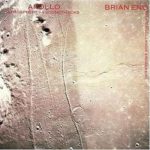 A soundtrack to a documentary film about the Apollo Missions that reacted against the uptempo manner of space travel presented by news reels of the day with fast cuts and speeded up images, Eno wanted to convey the feelings of space travel and weightlessness. Although based around Eno’s Yamaha DX7, the album was quite varied instrumentally, featuring his brother Roger and Daniel Lanois.
A soundtrack to a documentary film about the Apollo Missions that reacted against the uptempo manner of space travel presented by news reels of the day with fast cuts and speeded up images, Eno wanted to convey the feelings of space travel and weightlessness. Although based around Eno’s Yamaha DX7, the album was quite varied instrumentally, featuring his brother Roger and Daniel Lanois.
‘Apollo: Atmospheres and Soundtracks’ is available via Virgin / EMI Records
is available via Virgin / EMI Records
http://www.brian-eno.net
ROGER ENO Voices (1985)
 The debut album from the younger Eno, ‘Voices’ captured a sustained mood of dreamy soundscapes and aural clusters with its beautiful piano template strongly reminiscent of Harold Budd’s work with brother Brian, who was also involved on this record via various electronic treatments although it was actually Daniel Lanois who produced.
The debut album from the younger Eno, ‘Voices’ captured a sustained mood of dreamy soundscapes and aural clusters with its beautiful piano template strongly reminiscent of Harold Budd’s work with brother Brian, who was also involved on this record via various electronic treatments although it was actually Daniel Lanois who produced.
‘Voices’ is available via Virgin / EMI Records
is available via Virgin / EMI Records
http://www.rogereno.com
DAVID SYLVIAN & HOLGER CZUKAY Plight & Premonition / Flux & Mutability (1988 – 1989)
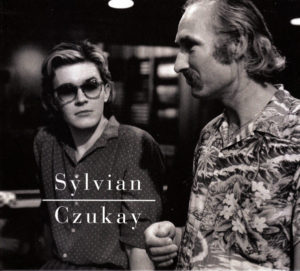 Following his ‘Gone To Earth’ bonus album of instrumentals, David Sylvian found a willing conspirator in Holger Czukay who had developed several unconventional compositional techniques using devices such as short wave radios and Dictaphones. Through a series of improvisations, the duo came up with two companion long players that conveyed a sinister yet tranquil quality drifting along in complex spirals.
Following his ‘Gone To Earth’ bonus album of instrumentals, David Sylvian found a willing conspirator in Holger Czukay who had developed several unconventional compositional techniques using devices such as short wave radios and Dictaphones. Through a series of improvisations, the duo came up with two companion long players that conveyed a sinister yet tranquil quality drifting along in complex spirals.
‘Plight & Premonition / Flux & Mutability’ is available via Grönland Records
is available via Grönland Records
http://www.davidsylvian.com/
http://www.czukay.de/
HAROLD BUDD The White Arcades (1992)
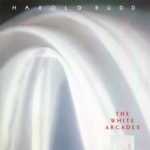 Unlike the comparatively optimistic air of his work with Eno, Harold Budd’s solo journeys often conveyed a more melancholic density, probably best represented by the haunting immersive atmospheres of ‘The White Arcades’. An elegiac combination of shimmering synthesizers and sporadic piano provided an austere depth that was both ghostly and otherworldly.
Unlike the comparatively optimistic air of his work with Eno, Harold Budd’s solo journeys often conveyed a more melancholic density, probably best represented by the haunting immersive atmospheres of ‘The White Arcades’. An elegiac combination of shimmering synthesizers and sporadic piano provided an austere depth that was both ghostly and otherworldly.
‘The White Arcades’ is available via Opal Productions
is available via Opal Productions
https://www.facebook.com/music.of.harold.budd/
STEVE JANSEN & RICHARD BARBIERI Other Worlds In A Small Room (1996)
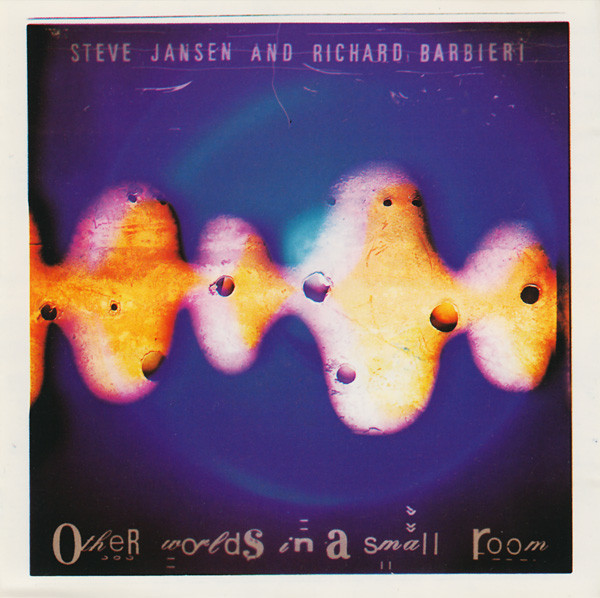 With ‘Other Worlds In A Small Room’, Steve Jansen and Richard Barbieri created an atmospheric trio of electronic instrumentals that they considered “Ambient in the traditional sense”. There was an appendix of four suitably complimentary tracks from their 1984 album ‘Worlds In A Small Room’ had originally been commissioned by JVC to accompany a documentary about the Space Shuttle Challenger.
With ‘Other Worlds In A Small Room’, Steve Jansen and Richard Barbieri created an atmospheric trio of electronic instrumentals that they considered “Ambient in the traditional sense”. There was an appendix of four suitably complimentary tracks from their 1984 album ‘Worlds In A Small Room’ had originally been commissioned by JVC to accompany a documentary about the Space Shuttle Challenger.
‘Other Worlds In A Small Room’ is available via https://jansenbarbieri.bandcamp.com/releases
http://www.stevejansen.com/
http://www.kscopemusic.com/artists/richard-barbieri/
VINCENT CLARKE & MARTYN WARE Spectrum Pursuit Vehicle (2000)
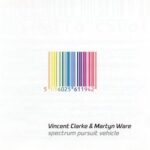 ‘Spectrum Pursuit Vehicle’ was composed by Vince Clarke and Martyn Ware as part of an Illustrious art installation at The Roundhouse in a circular, white clothed room where the colours referred to in the titles of the six lengthy pieces were “programmed to cross fade imperceptibly to create an infinite variation of hue”. Using binaural 3D mixing, the CD booklet said “This album is intended to promote profound relaxation”.
‘Spectrum Pursuit Vehicle’ was composed by Vince Clarke and Martyn Ware as part of an Illustrious art installation at The Roundhouse in a circular, white clothed room where the colours referred to in the titles of the six lengthy pieces were “programmed to cross fade imperceptibly to create an infinite variation of hue”. Using binaural 3D mixing, the CD booklet said “This album is intended to promote profound relaxation”.
‘Spectrum Pursuit Vehicle’ is available via Mute Records
is available via Mute Records
http://www.illustriouscompany.co.uk/
WILLIAM ORBIT Pieces In A Modern Style (2000)
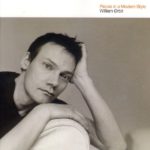 Trance enthusiasts who loved Ferry Corsten’s blinding remix of Samuel Barber’s ‘Adagio For Strings’ will have been shockedby this virtually beatless parent long player. Orbit’s concept of adapting classical works was that he wanted to make a chill-out album that had some good tunes. A collection featuring lovely electronic versions of Beethoven’s ‘Triple Concerto’ and John Cage’s ‘In A Landscape’ could not miss.
Trance enthusiasts who loved Ferry Corsten’s blinding remix of Samuel Barber’s ‘Adagio For Strings’ will have been shockedby this virtually beatless parent long player. Orbit’s concept of adapting classical works was that he wanted to make a chill-out album that had some good tunes. A collection featuring lovely electronic versions of Beethoven’s ‘Triple Concerto’ and John Cage’s ‘In A Landscape’ could not miss.
‘Pieces In A Modern Style’ is available via WEA Records
is available via WEA Records
http://www.williamorbit.com
ALVA NOTO & RYUICHI SAKAMOTO Vrioon (2002)
 Alva Noto is a German experimental artist based in Berlin and ‘Vrioon’ was his first collaborative adventure with YELLOW MAGIC ORCHESTRA trailblazer Ryuichi Sakamoto. A beautiful union of piano, synth shimmers and subtle glitch electronics proved to be an unexpectedly soothing and meditative experience that was gloriously minimal over six starkly constructed mood pieces.
Alva Noto is a German experimental artist based in Berlin and ‘Vrioon’ was his first collaborative adventure with YELLOW MAGIC ORCHESTRA trailblazer Ryuichi Sakamoto. A beautiful union of piano, synth shimmers and subtle glitch electronics proved to be an unexpectedly soothing and meditative experience that was gloriously minimal over six starkly constructed mood pieces.
‘Vrioon’ is available via Raster-Noton
is available via Raster-Noton
http://www.alvanoto.com/
http://www.sitesakamoto.com/
MOBY Hotel: Ambient (2005)
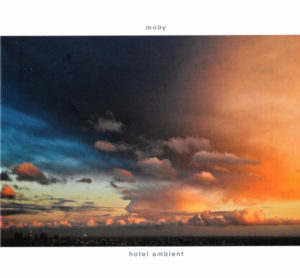 Originallypart of the 2CD version of ‘Hotel’ in 2005, Moby couldn’t find his copy and decided on an expanded re-release. Inspired by the nature of hotels, where humans spend often significant portions of their lives but have all traces of their tenancy removed for the next guests, the emotive ‘Homeward Angel’ and the solemn presence of ‘The Come Down’ were worth the purchase price alone.
Originallypart of the 2CD version of ‘Hotel’ in 2005, Moby couldn’t find his copy and decided on an expanded re-release. Inspired by the nature of hotels, where humans spend often significant portions of their lives but have all traces of their tenancy removed for the next guests, the emotive ‘Homeward Angel’ and the solemn presence of ‘The Come Down’ were worth the purchase price alone.
‘Hotel: Ambient’ is available via Mute Records
is available via Mute Records
http://moby.com
ROBIN GUTHRIE & HAROLD BUDD After the Night Falls / Before The Day Breaks (2007)
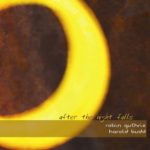 Robin Guthrie and Harold Budd first collaborated on ‘The Moon & The Melodies’ album along with the other COCTEAU TWINS. These were beautiful experiments in duality but it would be unfair to separate these Siamese twins. Serene, relaxing, abstract and distant, Guthrie’s textural guitar and Budd’s signature piano were swathed in drifting synths and treatments that complimented each album’s titles.
Robin Guthrie and Harold Budd first collaborated on ‘The Moon & The Melodies’ album along with the other COCTEAU TWINS. These were beautiful experiments in duality but it would be unfair to separate these Siamese twins. Serene, relaxing, abstract and distant, Guthrie’s textural guitar and Budd’s signature piano were swathed in drifting synths and treatments that complimented each album’s titles.
‘After The Night Falls’ and ‘Before The Day Breaks’
and ‘Before The Day Breaks’ are available via Darla Records
are available via Darla Records
http://www.robinguthrie.com
JOHN FOXX & HAROLD BUDD Nighthawks / Translucence / Drift Music (2003 – 2011)
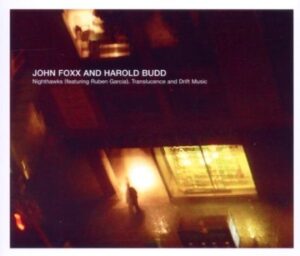 A sumptuous trilogy featuring two artists who had both worked with Brian Eno. ‘Nighthawks’ was John Foxx and Harold Budd’s collaboration with the late minimalist composer Ruben Garcia and a soothing tranquil nocturnal work with tinkling ivories melting into the subtle layered soundscape. The earlier ‘Translucence’ was a close relative, partnered with the more subdued ‘Drift Music’.
A sumptuous trilogy featuring two artists who had both worked with Brian Eno. ‘Nighthawks’ was John Foxx and Harold Budd’s collaboration with the late minimalist composer Ruben Garcia and a soothing tranquil nocturnal work with tinkling ivories melting into the subtle layered soundscape. The earlier ‘Translucence’ was a close relative, partnered with the more subdued ‘Drift Music’.
‘Nighthawks’ and ‘Translucence / Drift Music’
and ‘Translucence / Drift Music’ are available via Metamatic Records
are available via Metamatic Records
https://www.facebook.com/johnfoxxmetamatic/
JOHN FOXX London Overgrown (2015)
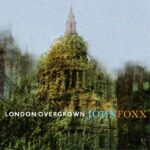 ‘London Overgrown’ was John Foxx’s first wholly solo ambient release since the ‘Cathedral Oceans’ trilogy. The conceptual opus was a glorious ethereal synthesizer soundtrack, smothered in a haze of aural sculptures and blurred soundscapes. With ‘The Beautiful Ghost’, as with William Orbit’s take on ‘Opus 132’ from ‘Pieces In A Modern Style’, this was Beethoven reimagined for the 23rd Century.
‘London Overgrown’ was John Foxx’s first wholly solo ambient release since the ‘Cathedral Oceans’ trilogy. The conceptual opus was a glorious ethereal synthesizer soundtrack, smothered in a haze of aural sculptures and blurred soundscapes. With ‘The Beautiful Ghost’, as with William Orbit’s take on ‘Opus 132’ from ‘Pieces In A Modern Style’, this was Beethoven reimagined for the 23rd Century.
‘London Overgrown’ is available via Metamatic Records
is available via Metamatic Records
http://www.metamatic.com
STEVE JANSEN The Extinct Suite (2017)
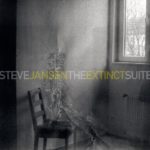 “I like the effects of calm and dissonance and subtle change” said Steve Jansen; not a remix album as such, the more ambient and orchestral elements of ‘Tender Extinction’ were segued and reinterpreted with new sections to create a beautiful hour long structured ambient record. A gentle blend of electronic and acoustic instrumentation, ‘The Extinct Suite’ exuded a wonderful quality equal to Eno or Budd.
“I like the effects of calm and dissonance and subtle change” said Steve Jansen; not a remix album as such, the more ambient and orchestral elements of ‘Tender Extinction’ were segued and reinterpreted with new sections to create a beautiful hour long structured ambient record. A gentle blend of electronic and acoustic instrumentation, ‘The Extinct Suite’ exuded a wonderful quality equal to Eno or Budd.
‘The Extinct Suite’ is available via https://stevejansen.bandcamp.com/album/the-extinct-suite-2
http://www.stevejansen.com/
PAUL STATHAM Asylum (2017)
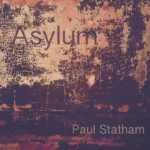 B-MOVIE guitarist and pop tunesmith Paul Statham began his experimental music account with ‘Ephemeral’ and ‘Installation Music 1’. ‘Asylum’ was a more ambitious proposition and featured in an audio visual installation created with painter Jonathan McCree.. The eight compositions together exuded a cinematic, ethereal quality with some darker auras and an eerie sound.
B-MOVIE guitarist and pop tunesmith Paul Statham began his experimental music account with ‘Ephemeral’ and ‘Installation Music 1’. ‘Asylum’ was a more ambitious proposition and featured in an audio visual installation created with painter Jonathan McCree.. The eight compositions together exuded a cinematic, ethereal quality with some darker auras and an eerie sound.
‘Asylum’ is available via https://paulstatham.bandcamp.com/album/asylum
http://paulstathammusic.com
Text by Chi Ming Lai
22nd August 2018

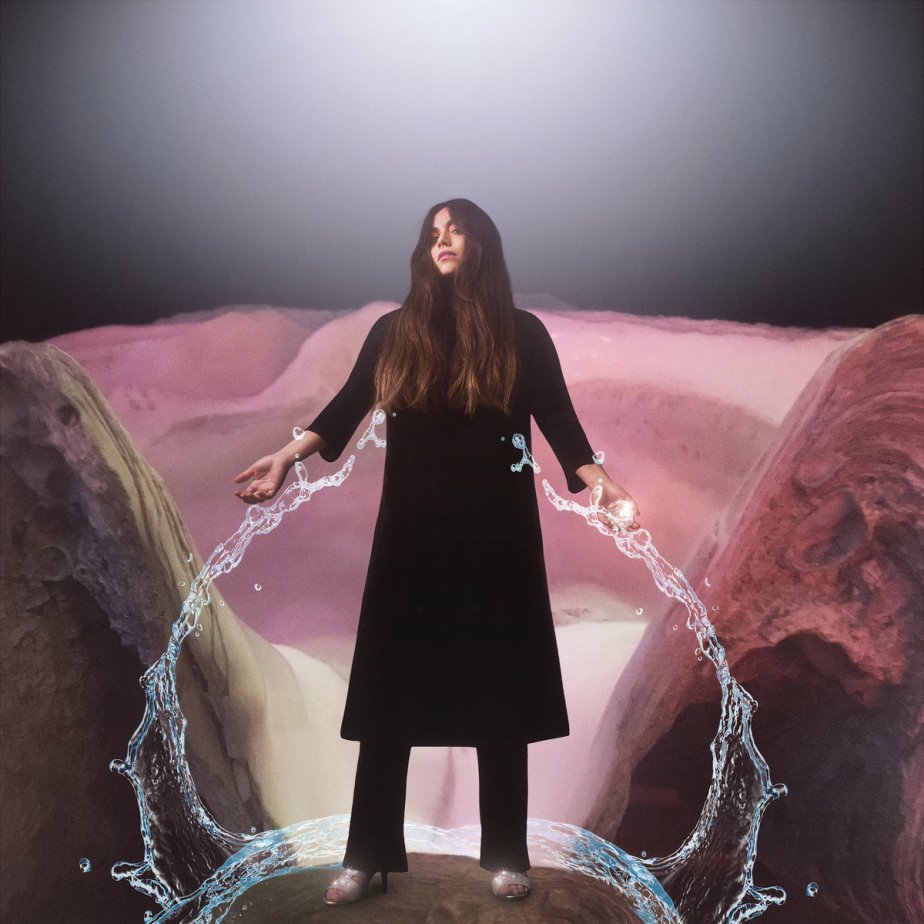
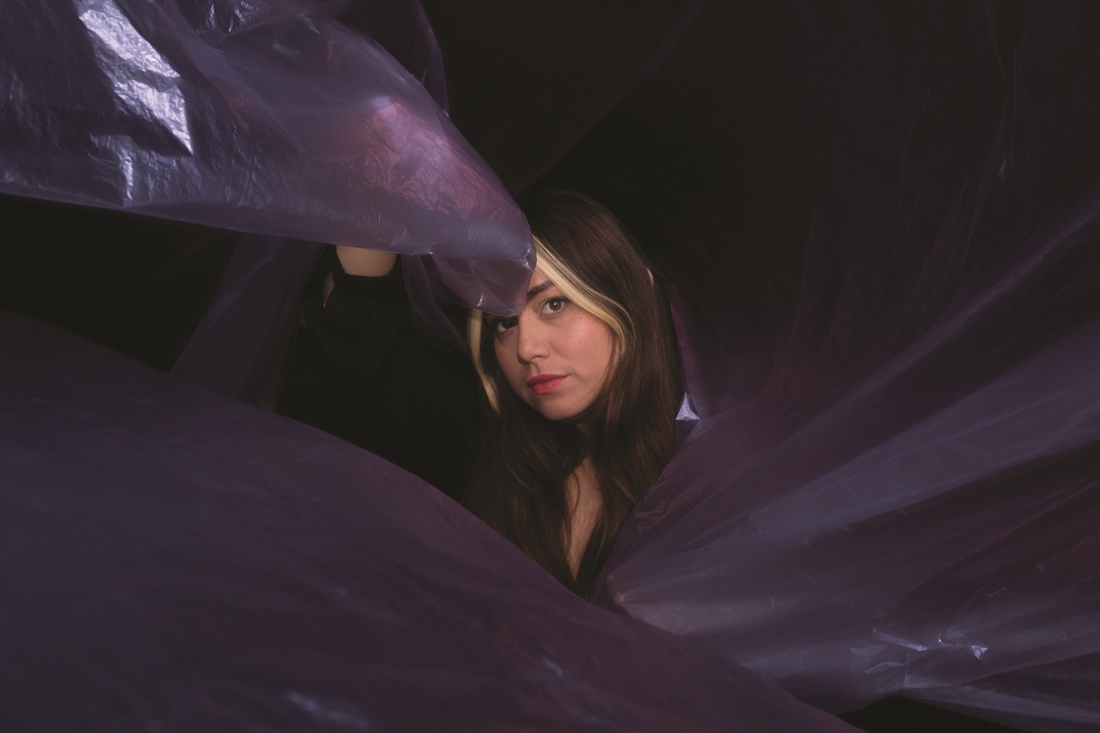
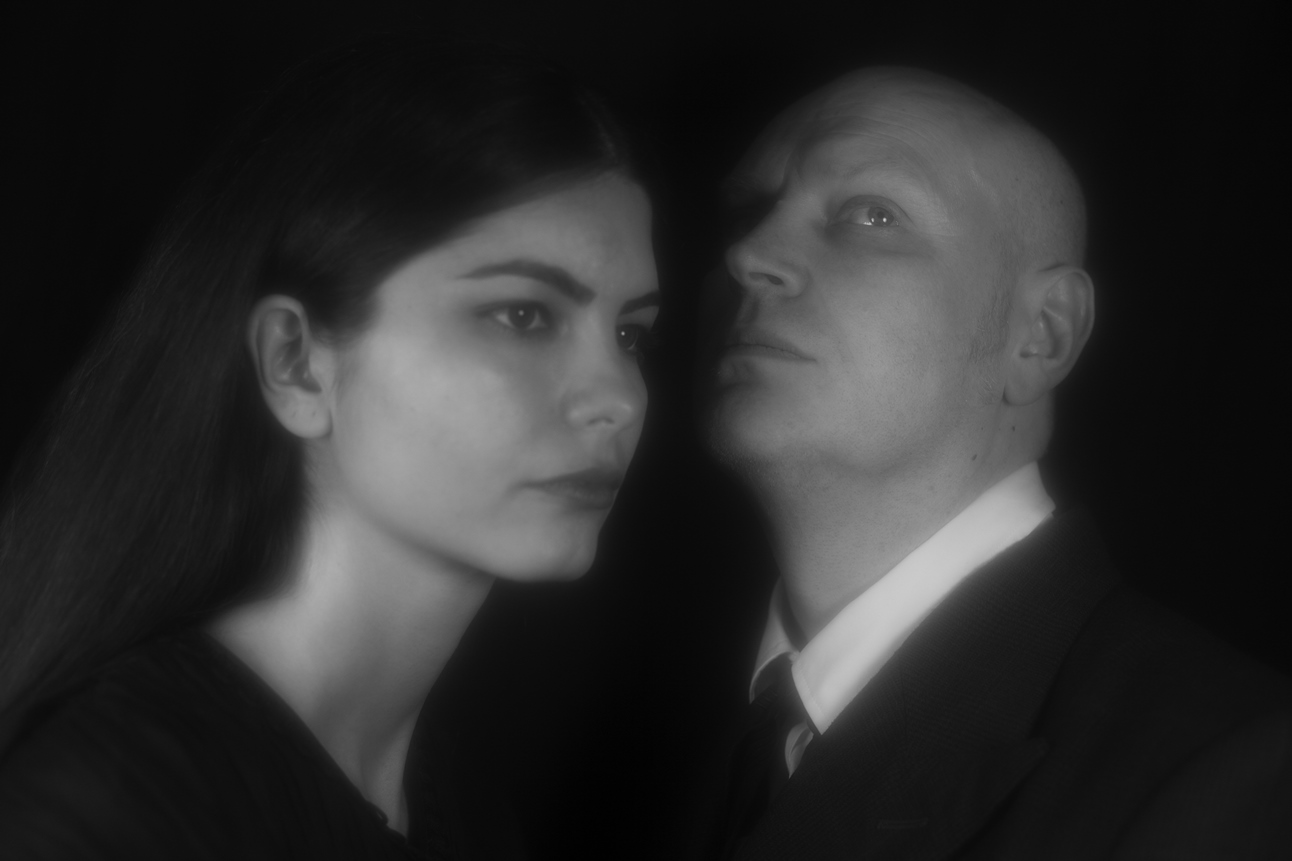
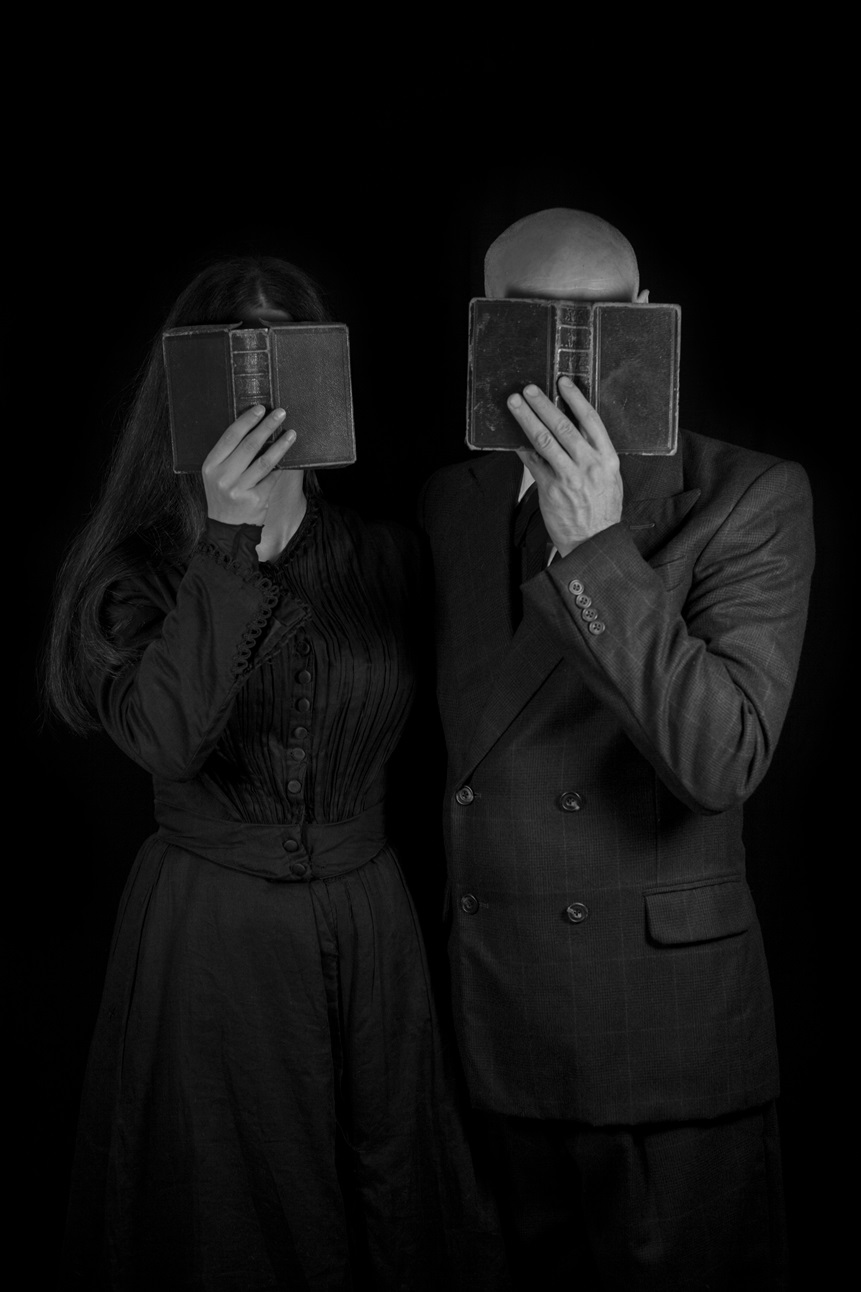
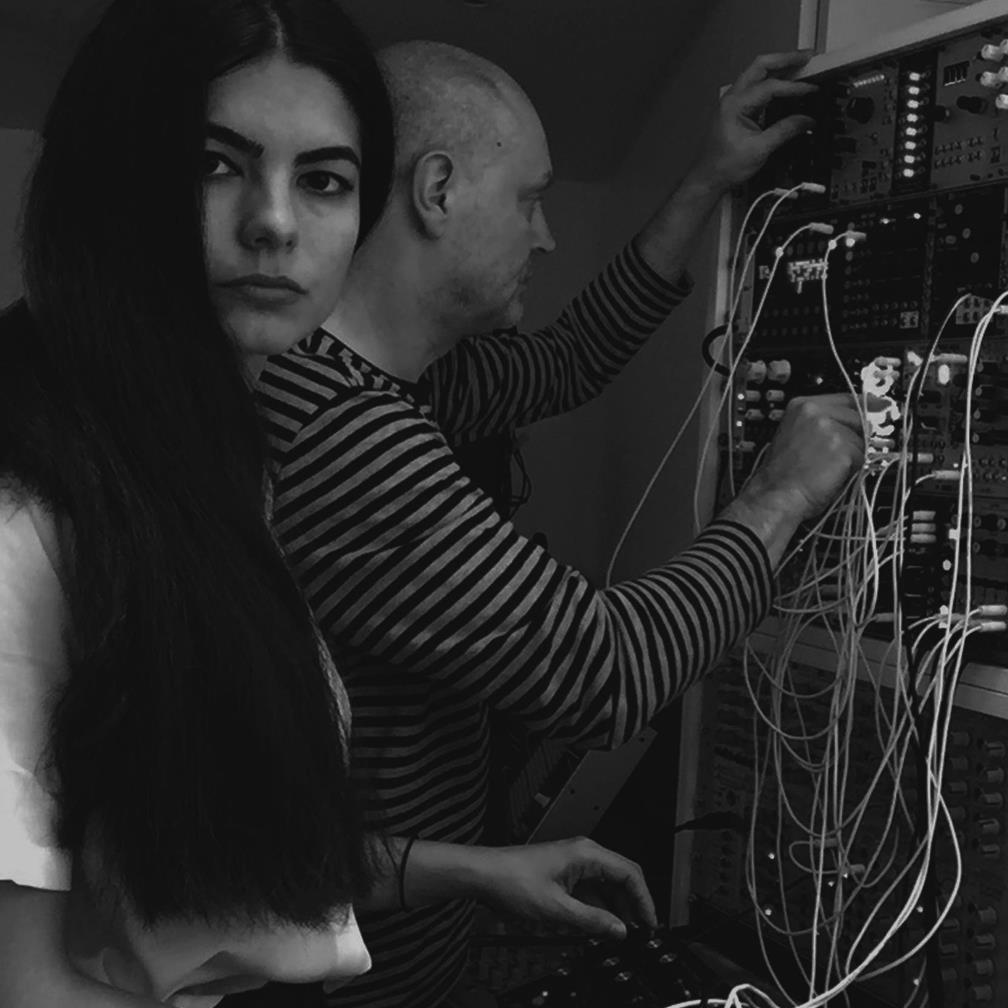
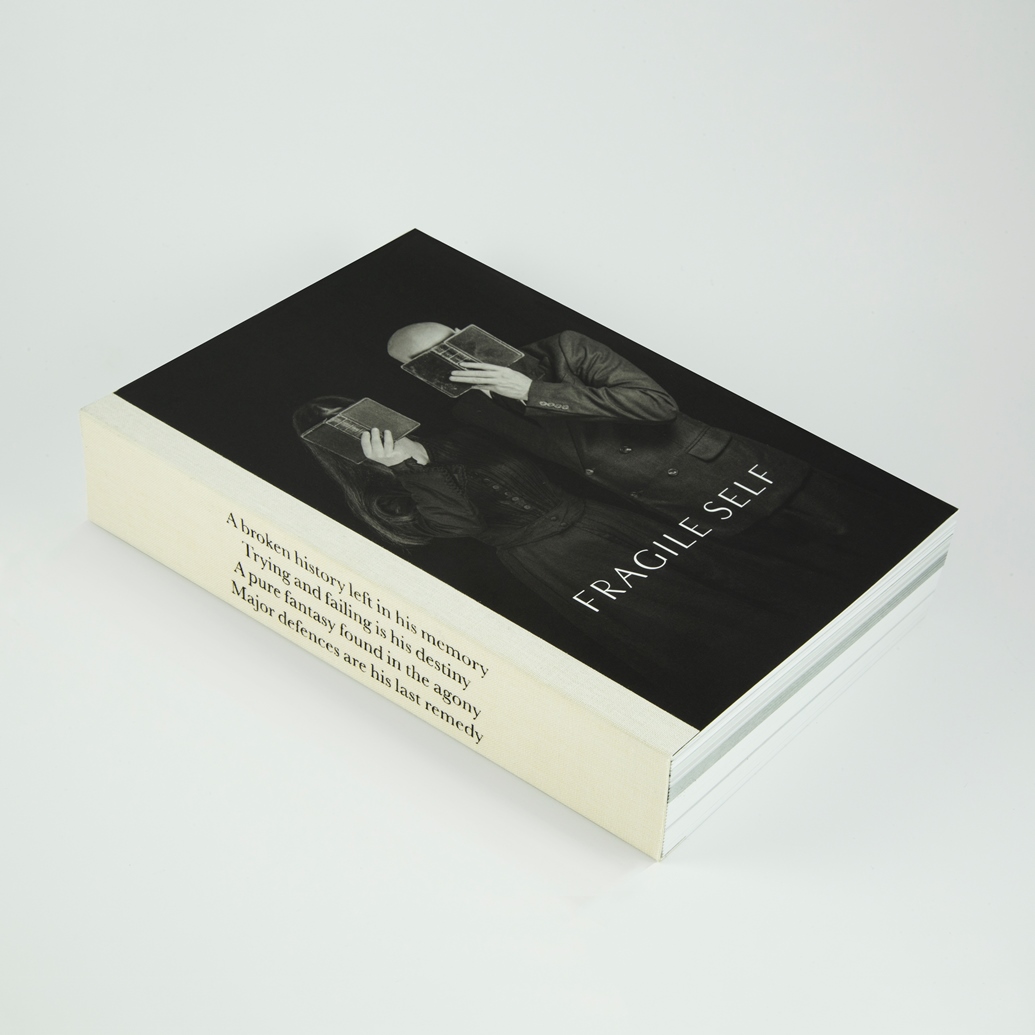
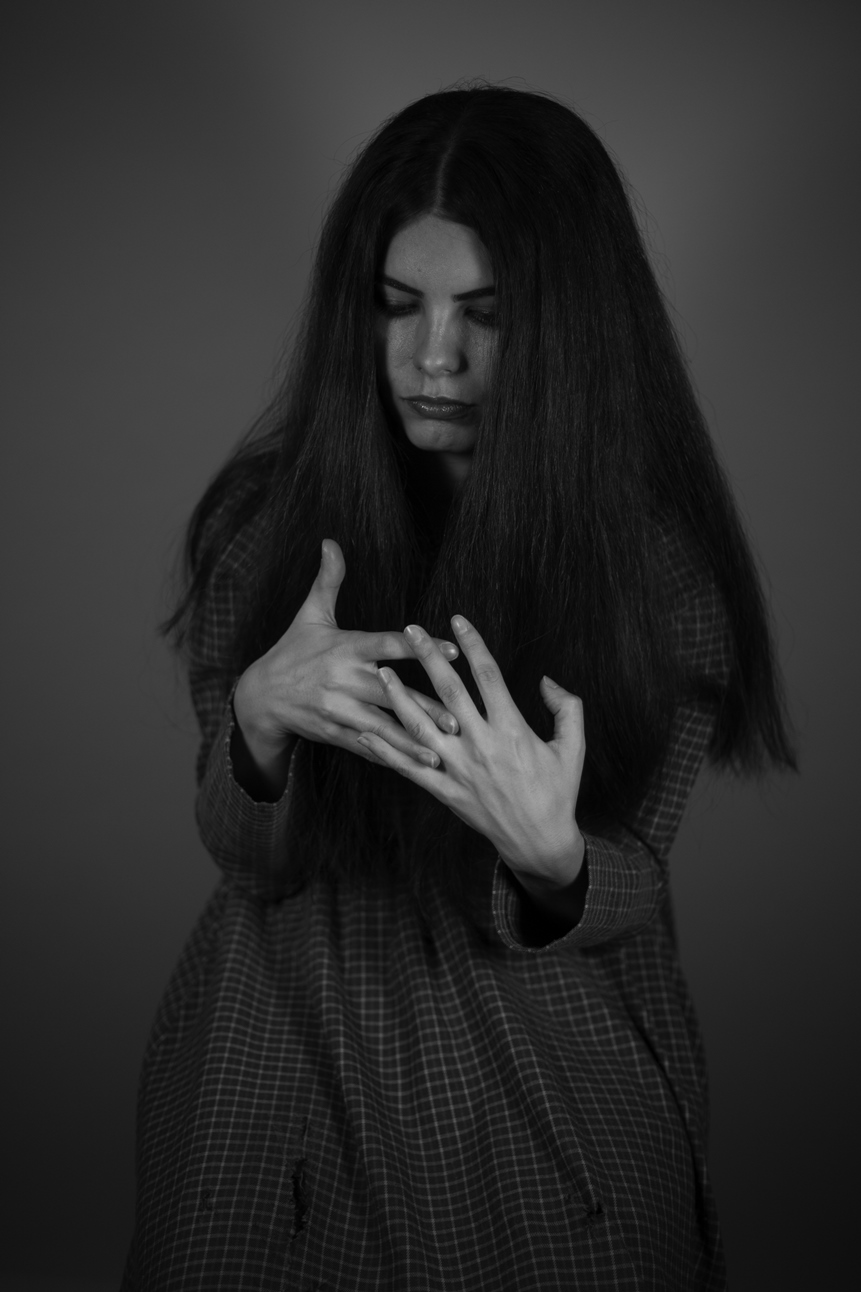
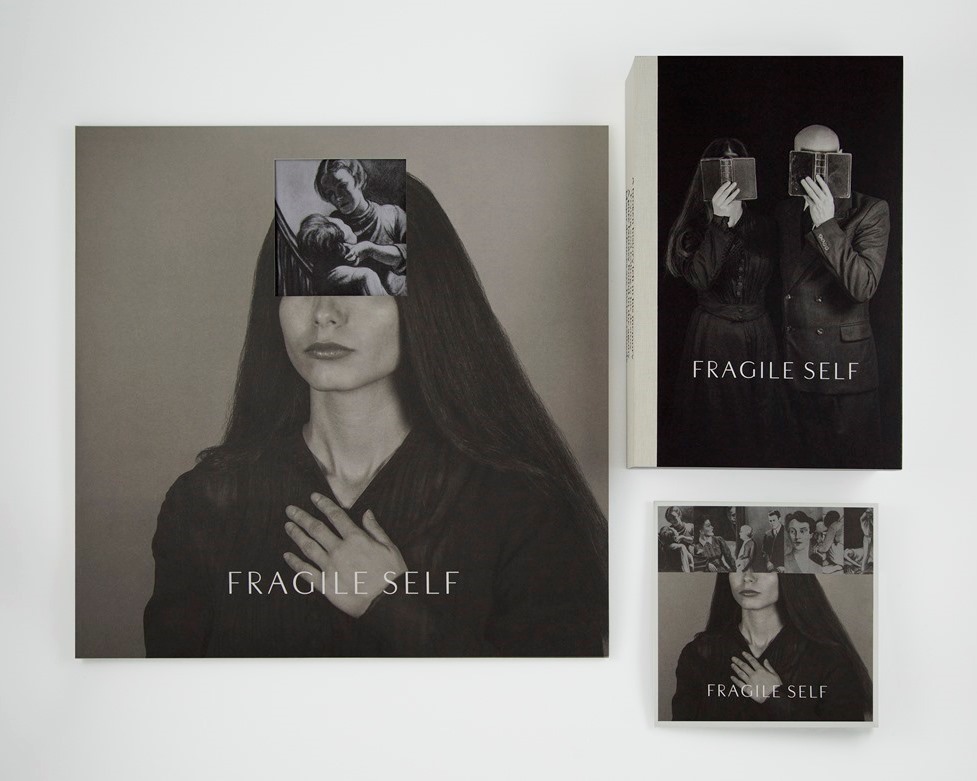
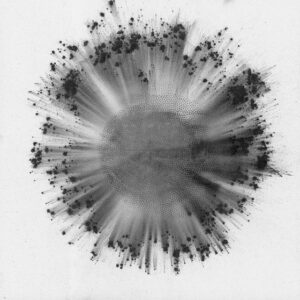
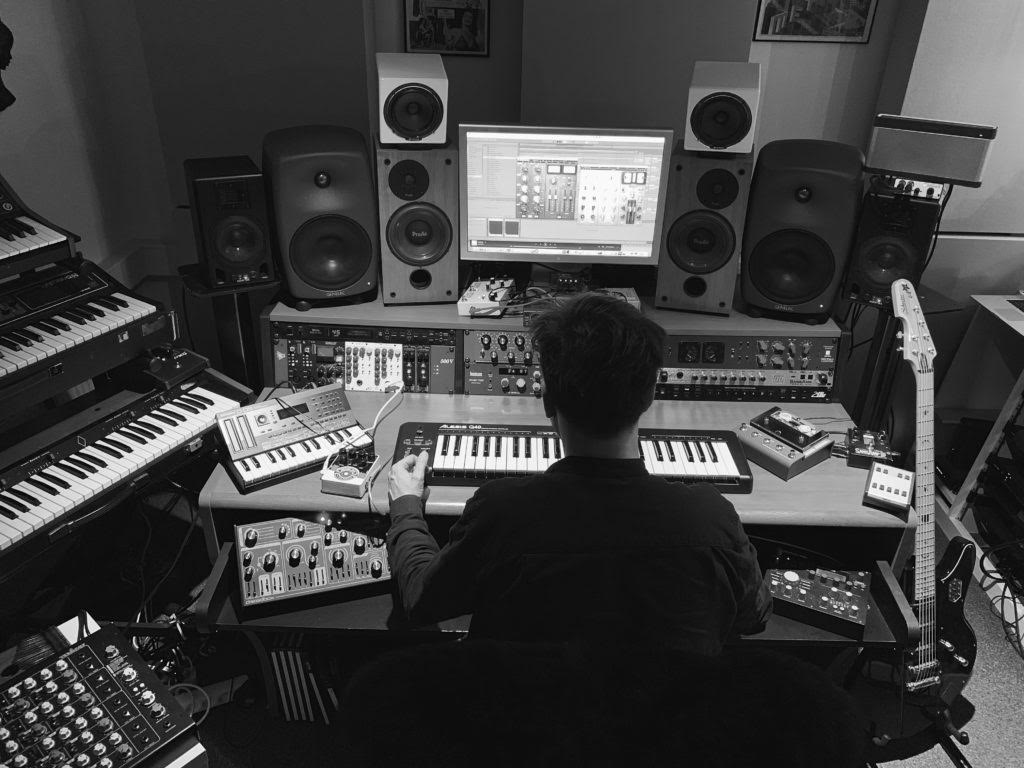






















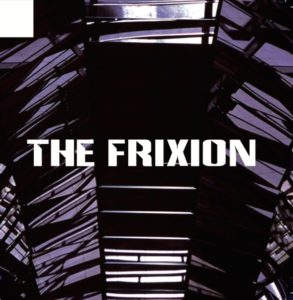
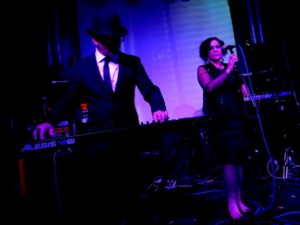
Follow Us!